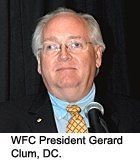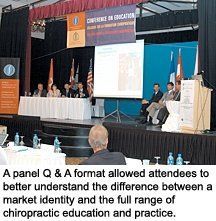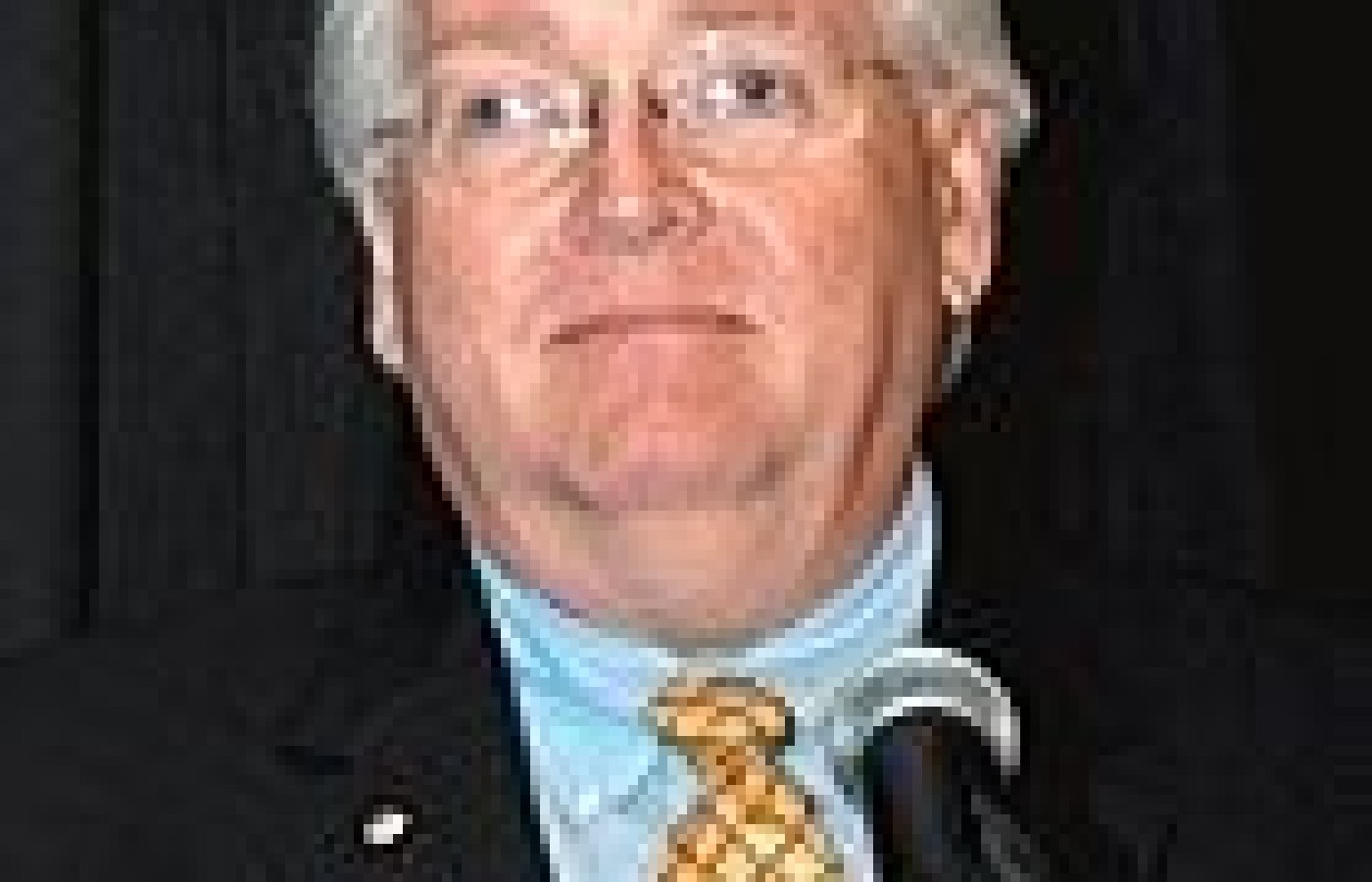Some doctors thrive in a personality-based clinic and have a loyal following no matter what services or equipment they offer, but for most chiropractic offices who are trying to grow and expand, new equipment purchases help us stay relevant and continue to service our client base in the best, most up-to-date manner possible. So, regarding equipment purchasing: should you lease, get a bank loan, or pay cash?
Chiropractic Colleges Endorse WFC Identity Statement
CANCUN, Mexico - Approximately 100 delegates from 30 chiropractic schools in 13 countries voted to support the World Federation of Chiropractic's (WFC) market identity for chiropractic during the WFC Conference on Identity and Curriculum, held in Cancun, Mexico, from Oct. 26-28, 2006. Conference co-sponsors included the WFC, the Association of Chiropractic Colleges and the Universidad del Valle de Ecatepec (UNEVE), home to Mexico's first chiropractic degree program.
According to Dr. Frank Zolli, president of both the ACC and University of Bridgeport College of Chiropractic, the intention behind the conference was twofold: "The main purposes of the Cancun conference were to better understand the purposes and full content of the WFC-agreed identity, and to see how that identity compared and fit with the goals and content of chiropractic education."

The conference, titled "Professional Identity and Curriculum: To What Extent Do Educational Programs Support a Common International Identity for the Profession?" directed attendees to focus on the difference between a market identity - in this case, chiropractors as "the spinal health care experts within mainstream health care" - and the full range of chiropractic education and practice. "Once this was understood," said Dr. Gerard Clum, WFC president and co-chair of the WFC Task Force on Identity, "the meeting ended with full agreement from those present that the WFC market identity should be supported."

The agreed-upon public identity of chiropractors as spinal health care experts in the health care system is supported by several other important concepts, including the ability to improve function in the NMS and overall well-being and quality of life; no use of drugs or surgery; and collaboration with other health professionals. The identity is designed to provide a consistent message to the public on what chiropractors do, improving awareness, acceptance and use of chiropractic services. During the Cancun conference, the Straighten Up America daily spinal health routine was cited as an example of how the identity can translate into public education.
The WFC Assembly voted to accept the recommendations of the 40-person Task Force on Identity on June 15, 2005, at the WFC 8th Biennial Congress in Sydney. That report, completed in April 2005, was based on two years of intensive work, including several identity consultations and an October 2004 electronic survey of chiropractors worldwide. While the identity statement has received broad support from the federation's 87 member national associations, the chiropractic educational community has been more guarded in its support, with some believing the identity might be too narrow.
At the 2005 Congress, Dr. Clum explained the importance of a clearly defined professional identity: "Many have observed that the chiropractic profession lacks a clear identity, stands at the crossroads of mainstream and alternative care without a clear path forward, and that this represents a major problem for the profession. The identity just voted [on] can solve that problem. It reflects the perspectives of both the profession and the public it serves. It is broader than management of back pain or musculoskeletal pain, which is an identity understood by the public but unacceptably narrow to the profession. It is more defined than wellness care, which the evidence shows us is an identity not understood by or effective with the public."
In June 2006, the WFC announced it would conduct a follow-up survey by year's end, in addition to facilitating a poster design competition to promote awareness of the identity among students and doctors of chiropractic. To review the complete report from the WFC Task Force on Identity and the results from the October 2004 electronic survey, visit www.wfc.org.
Note: For background on the WFC identity efforts, please access the following articles online. (See reference/resource list at the end of each article for links to additional information.)
- "Surveying Chiropractic Identity: WFC Releases Findings." Dynamic Chiropractic, April 9, 2005. www.chiroweb.com/archives/23/08/16.html.
- "Unanimous Agreement on the Identity of the Profession. 'Historic Milestone' Achieved at WFC Congress in Sydney." Dynamic Chiropractic, Aug. 14, 2005. www.chiroweb.com/archives/23/17/19.html.
- "WFC Council Meeting Yields New Leadership, Identity Efforts." Dynamic Chiropractic, Aug. 15, 2006. www.chiroweb.com/archives/24/17/21.html.



